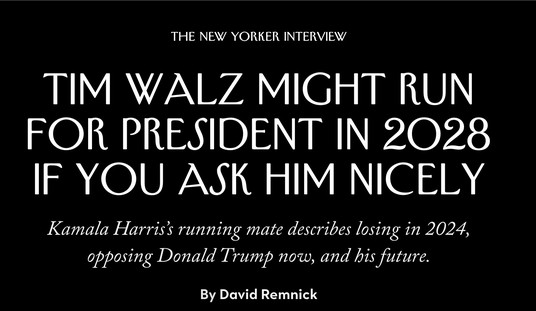Dana Milbank got slapped around yesterday for his dishonest take on a panel hosted by the Heritage Foundation, especially by media critic Dylan Byers at Politico. Today, Milbank decides that the best defense is a good offense, and argues that media criticism is entirely illegitimate — “armchair journalism,” in Milbank’s words. And that’s true even when videotape of an event exists to check the veracity and honesty of the “journalist” in question:
I read Byers’s post, and there was indeed a disaster: the sort of disaster that occurs when a journalist, from the comfort of his office, levels accusations based on a nine-minute clip of a 65-minute panel he hadn’t attended. (Heritage didn’t post the full video until well after the Byers report, and Byers didn’t take me up on my offer to provide him earlier with my audio recording.)
Byers wrote that the Heritage Foundation “feels that the event was ‘mischaracterized’ by Milbank. It also notes that while the event took place at Heritage, it was hosted by the Benghazi Accountability Coalition.”
But had Byers been at the event himself, he wouldn’t have swallowed the Heritage spin — hook, line and sinker. He would have been handed the agenda, printed on paper with the Heritage logo, announcing: “The Benghazi Accountability Coalition and The Heritage Foundation Cordially Invite You to a Symposium” on Benghazi. He would have seen the accompanying paper noting that Heritage is a member of the Benghazi Accountability Coalition, and he would have heard John Hilboldt, the head of Heritage’s lecture program, give remarks opening the panel. This wasn’t in the video excerpt Byers viewed.
True — and neither is it germane to either Byers’ criticism or Milbank’s original “reporting” from the event. A number of other journalists have taken to Twitter today to shift the focus of the story off of Milbank and onto Heritage, the panelists, and everyone in the audience except Milbank and Saba Ahmed. Milbank could have written a legitimate criticism of the decision by Heritage to host the debate, or of the panelists invited to the discussion. Had Milbank taken that approach, it’s very likely few would have taken note of it, but it still would be legitimate turf for an opinion column.
However, that’s not what Milbank did, and it’s not the story today. Milbank made specific accusations about the conduct of the panelists and the audience at one particular point in the panel presentation, using sliced-up quotes and loaded language to paint a very different picture, and presented it as a news report. Today he doubles down on his “journalism” defense, even though yesterday he argued that it was all “subjective”:
I much prefer @joanwalsh's take to @dylanbyers. It's all subjective, but I was there and I think I accurately captured the hostility.
— Dana Milbank (@Milbank) June 17, 2014
Milbank suddenly reverts back to his “objective” approach:
Byers wrote, based on his perusal of the video, that Saba Ahmed, the woman in an Islamic head covering whom I reported had been taunted by panelists and audience members, “didn’t appear at all troubled or upset at the end of the exchange.” The footage on Byers’s computer screen also indicated to him that she “does not seem to have been ‘taunted.’ ”
But had he been there, Byers needn’t have relied on appearances: He could have asked Ahmed himself, as I did. She told me she felt “targeted” by those in the room.
The journalist in Milbank apparently still hasn’t done a Nexis search on his interview subject and her long experience in public challenges in forums like this. It’s a little difficult to believe that a woman who ran for Congress and repeatedly showed up at conservative events to challenge people — let alone offered “frequent” public defenses for the Portland Christmas Tree bomber — would have felt “targeted” by the respectful response from Gaffney or even the more energetic but hardly personal response from Gabriel.
The video covers the exchanges on which Milbank based his column, and furthermore was not “Heritage spin,” but just the raw video — originally from Media Matters. Byers watched the video and reached the painfully obvious conclusion that Milbank distorted the truth badly in order to serve Milbank’s own preferred narrative.
If that’s “armchair journalism,” then all media criticism falls under that claim. It’s especially laughable when considering Milbank’s choice of stories on which to report, too. The Heritage-hosted event didn’t qualify as news to anyone but Milbank, and still didn’t until he misrepresented what happened in the exchange with Ahmed. Most media criticism doesn’t have the luxury of a comprehensive video of a reported incident as this one does, either.
Basically, Milbank’s arguments come to this: Who are you going to believe, me or your lying eyes? Or even more to the point: No one has the legitimacy to criticize my work. That certainly explains a lot about Milbank’s product, but not much about why the Washington Post continues to feature it.








Join the conversation as a VIP Member